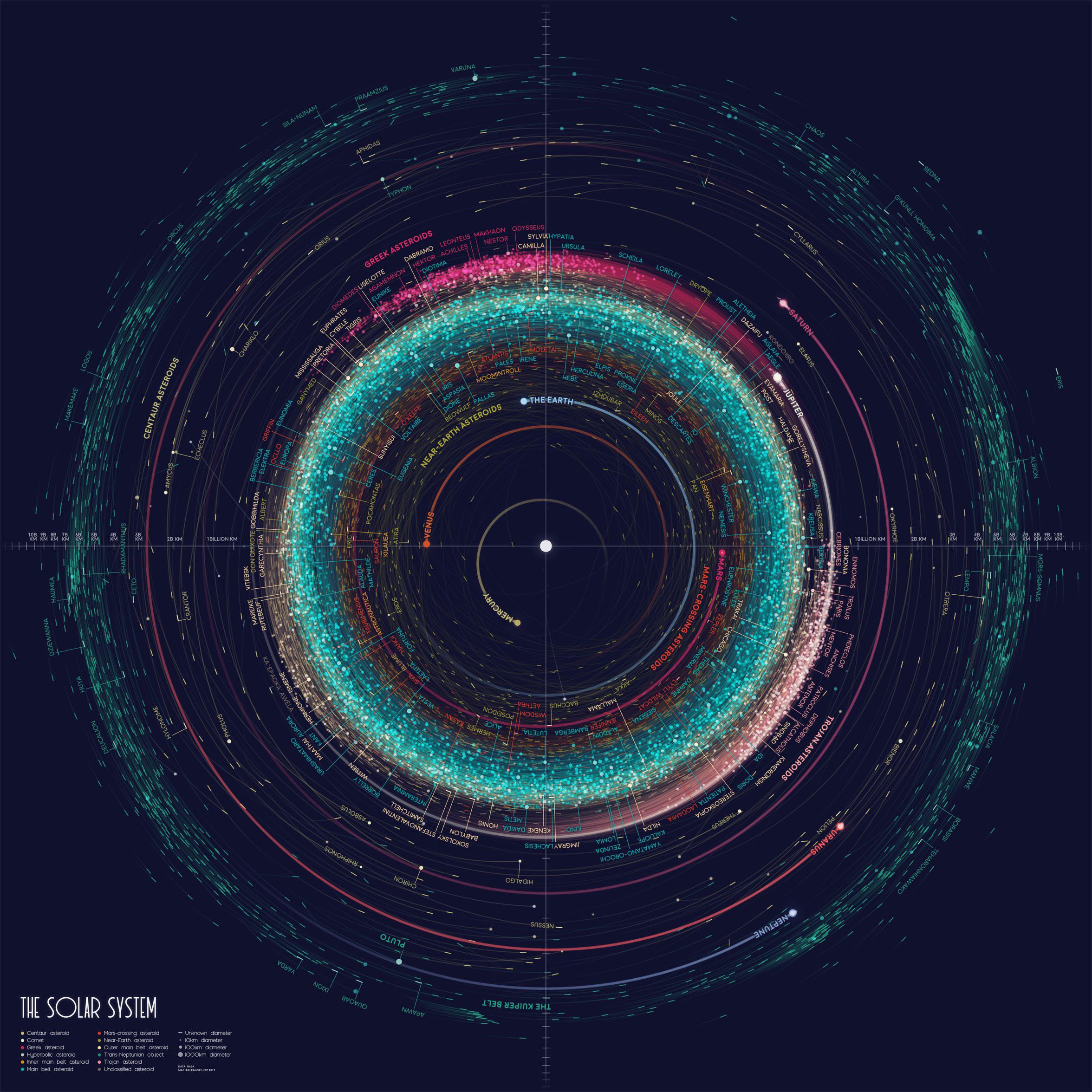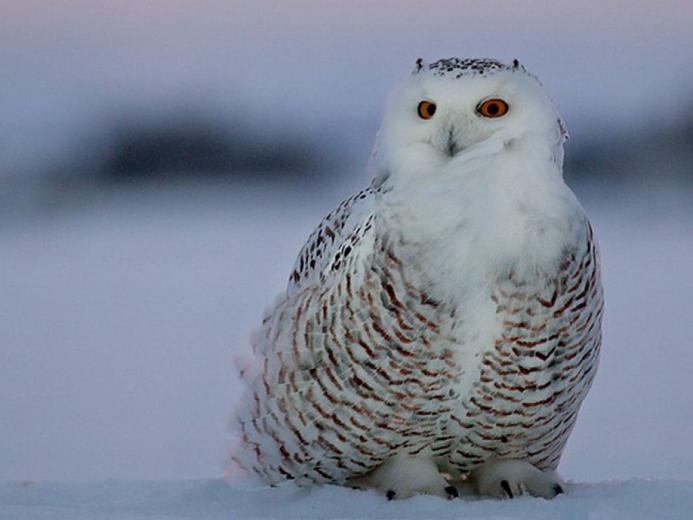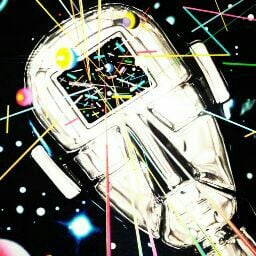I dont get it?
I found this after a Google: https://math.ucr.edu/home/baez/physics/ParticleAndNuclear/gluons.html
There are 8 types of gluon particles.
If you are wondering what the hell I am doing subtracting particles from each other, well, that’s quantum mechanics.
Sounds about right
Physicists:
This is just Occam’s razor again: a hypothetical particle that can’t interact with anything, and therefore can’t be detected, doesn’t exist.
Also Physicists: 85% of the universe’ mass is missing!!!
Those missing do interact on things, we just don’t know what they are. That’s why we know they’re missing.
From Wikipedia:
Unlike the photon of QED or the three W and Z bosons of the weak interaction, there are eight independent types of gluons in QCD.
Glad I could help, lol
thank you!
All of this is just going off checking Wikipedia, so it could be wrong. Gluons are a type of particle that can have nine different “color states” depending on the quarks and anti-quarks that comprise them (despite the name, it has nothing to do with literal color). These states are made up of red, green, and blue for quarks, and anti-red, anti-green, and anti-blue for anti-quarks. Depending on the combinations of quarks and anti-quarks, the color state of gluons listed something like “red-antigreen” as “rg”, with the “g” having a line over it to show it’s anti-green, not green. Since you can have a color matched with the anti-version of its color, like I said earlier, you get 9 potential color states.
Then, of those 9 color states, you have combinations of two gluons of different types of states that combine. If you have a strong, stable version of this state, it’s called a color state singlet. Particles like protons have this state, and it allows them to interact with other particles that also have color singlets. However, gluons can’t interact at long range, that means they also can’t hold a color singlet.
So, that leaves 8 potential color state couplets that can be formed. I have no idea why there’s only 8 valid arrangements of those 9 couplets that aren’t a stable singlet, but apparently you can only get 8.
Also tagging @[email protected] because I don’t think they’d get notified.
Edit: Sorry for the reply after it got answered. There was nothing when I started and it just took a while to figure it out.
There are 8 varieties of gluons, the subatomic particles that exchange the strong force between quarks. The person answered with one word that more or less satisfied the 8 particle requirement. I think that’s the joke, at least
Commenting to get the notification if somebody answears
I’m Ron Burgundy?
One might think that Gluons and Klingons are related, but in fact they’re not, because Gluons have no honor.
Actually, that’s pretty much scratching the belly of an expert answer, you gotta go a few layers into Quantum Chromodynamics to know that tidbit about the colors and anti-colors of gluons.
who is that cute man, please?
Andy Samberg. American treasure.
It’s a scene from Brooklyn 99.









